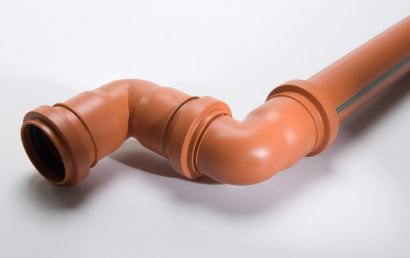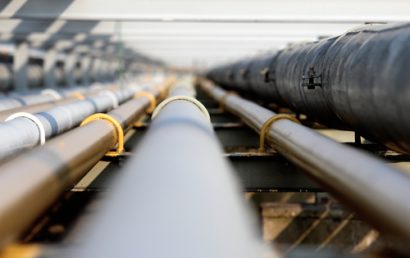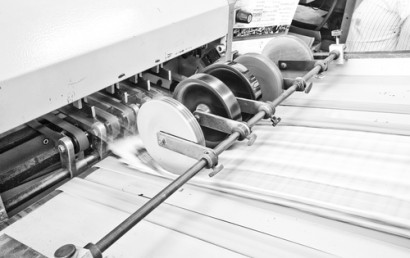Using A Bonding Layer To Create Thermal Barrier Coatings
In order to increase the lifespan of a part and reduce fatigue and stress, metal structural components must be protected from extreme, elevated temperatures. This is where thermal barrier coatings come in. Several key components are incorporated by thermal barriers in order to provide protection at such a high level. In order for the coating to form a thermal barrier, each coating layer adds to the protective thermal qualities. There are four distinct layers in every coat.
The Composition of Thermal Barrier Coating
The pairing of a ceramic layer with a metallic layer is what the average thermal coating consists of. To assist in adhesion, a bond coat is sometimes used (see last paragraph) during the application of multiple layers of thermal barrier coatings. The highlights of the process are discussed below:
- In the first step in thermal coating, the properties of the end product will determine what elements are used, i.e. nickel alloy, polycrystalline cobalt, etc.
- The bond coat, or layer number one as it is also known, plays a very important role in the thermal barrier’s formation as it is what allows the substrate to bond with the coating.
- The formation of thermally grown oxides is catalyzed by the distribution of nitrates and nanoparticles aluminum oxides along the surface. Acting as an oxygen diffuser, this ceramic layer forms a thermally protective, uniform barrier. The substrate will not become thermally oxidized thanks to the oxygen diffuser.
- The ceramic top coat, made of YSZ, is the last layer of coating. Lower layers are kept at lesser temperatures than the surface because the topcoat is protecting the substrate.
Application By the Method of Spraying
Because fumes are created when spray equipment is used to apply thermal barrier coatings, this method is executed inside an enclosure and operated automatically. On occasion, coating is applied manually as in the case of specialized products or a smaller sized production run. Elements that are frequently associated with the spray application of coatings involve the following:
- Electricity and Heat – In order to run the safest process of application, it is critical to monitor the machinery being used for oxygen leaks. It isn’t necessarily the heat that is the problem because the arc guns are electric. Rather, care must be given in the handling of these guns due to the voltage. The current being used is high even though the voltage is low.
- Fumes and Dust – In the case of manual application, breathing filters and masks must be worn due to the amount of fumes and dust that are produced by the spray process. It is also essential that buildup does not occur because it can either get trapped in the coating or inhibit the process – or both. There are specific instructions indicated for the handling of each coat.
- Light – Either ultraviolet light, in the case of electric arc spraying, or an extremely hot, very bright flame occurs during spray application – depending on the application being used. In either case, eye protection should be utilized and operators should never look directly at the arc spray gun’s nozzle.
- Noise – Because the application process employs compressed gas, the equipment emits a high level of noise. This noise can be reduced considerably if the machine is isolated due to the process taking place in an enclosure.
Definite advantages present themselves when, in order to aid in adhesion, a bonding layer is used in the application of thermal barrier coatings. Stress that occasionally occurs in the topcoat can be reduced, and the coating itself is more wear resistant and much harder. Additionally, the thermal barrier coating’s overall lifespan is increased as is the thermal shock resistance.



